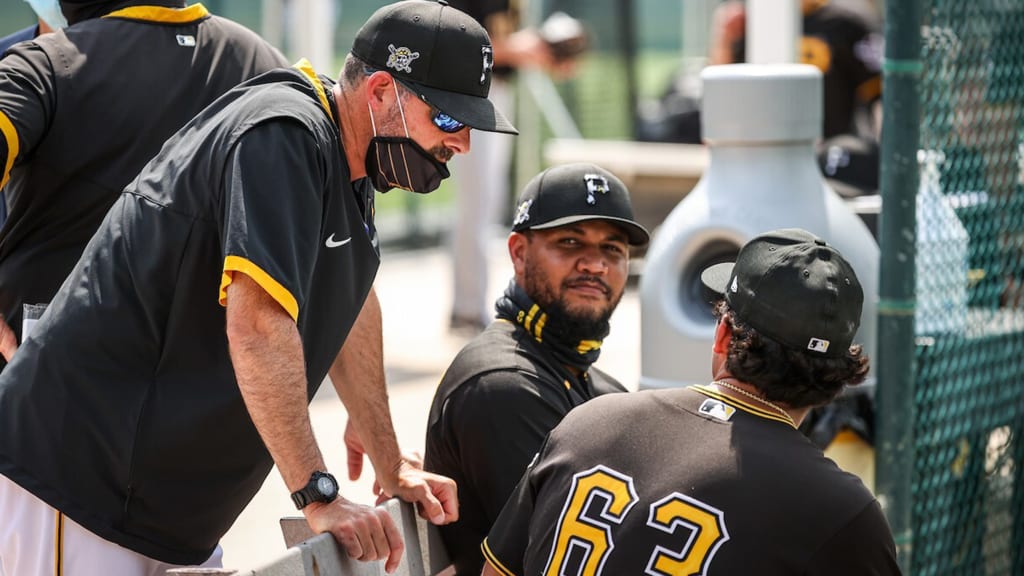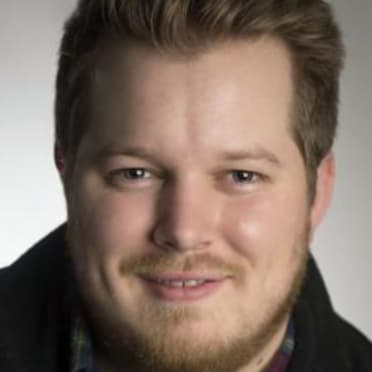
For a lot of the pitching prospects who attended the Pirates’ “Get Better at Pitching” camp, held at the Pirate City complex in Bradenton, Fla., over the past two weeks, 2021 was their first full pro season.
So it was sometimes taxing to try to make big adjustments during the Minor League season as they tried to make a good impression with the club.
“In the season, they’re worried about getting outs and keeping their jobs,” pitching development coordinator Josh Hopper told reporters in Bradenton, including MLB.com’s Adam Berry. “So being real about it, there’s a lot on their mind. If you go up to them and you’re like, ‘Hey, let’s tweak this.’ They’re like, ‘No.’ The offseason is a great time to adjust.”
That’s why the organization hosted the pitching camp, one of several prospect camps that the Pirates are hosting this winter in Florida. In November, they organized a “Get Better at Baseball” camp among its position players, and next month, it will hold a larger-scale development camp with both sides represented.
So what does one of those camps look like? Let’s take the “Get Better at Pitching” camp as an example.
Among the participants from the Pirates’ Top 30 prospects per MLB Pipeline to attend the camp were Quinn Priester (No. 2), Anthony Solometo (No. 7), Bubba Chandler (No. 8), Tahnaj Thomas (No. 13), Jared Jones (No. 15) and Omar Cruz (No. 27). But there were plenty more young arms, especially those drafted in the past two or three years.
The pitchers were split up into five “buckets” that emphasized an area of growth: Body movement, command, general/rehab, pitch design and velocity. There is some overlap between those groups, but as Hopper put it, “we’re trying to match the tool to the athlete.”
The methods included some more common techniques, such as using Edgertronic to help guys understand how their pitches mix. Hopper raised Luis Ortiz as a case study in this. Ortiz's slider is seen as his “unicorn” pitch, but his fastball didn't spin in a way that complemented it effectively.
Other methods are a little more odd on the surface, though still somewhat common in baseball training circles. Jones, a member of the command group, described a drill in which he picked up a ball at random, ranging from a baseball to a softball to a lacrosse ball to a CleanFuego ball, and threw it.
"The philosophy behind that is if you can throw any four of these different things where you want to throw it, it should be no problem with a baseball, which makes a lot of sense," Jones said. "I really like those type of drills."
Beyond the importance of the methods involved is the process. A key thing to remember about the young prospects at this camp: Some of those whom the Pirates have high hopes for have only recently begun to fill out what is necessary for a starting arsenal.
Chandler came into camp ready to work on his slider, a pitch which he said he learned halfway through his senior year but which already grades out as an average pitch that touches 85 mph. Now, he is learning how to tunnel that breaking ball off his fastball so that when he enters his first full season of pro ball, it will play up.
“I haven't really played much baseball in my life, so a lot of this stuff is new,” Chandler said. “There's a lot of stuff I don't really understand, but I'm starting to get a hang on everything. It's going to be a little bit of a blur at first, but it's all going to chill out."
The learning curve is real for some of those at the pitching camp. Hopper and his staff want to introduce them to advanced metrics through Edgertronic and Rapsodo technologies, among others, but they’re also focused on what he calls “doing simple better.”
“We’re trying to find ways to simplify the process through intrinsic learning and also through the simplicity of how we describe it,” Hopper said.
Maybe the most crucial thing the “Get Better at Pitching” camp showcased is the Pirates’ willingness to see each player as the player they are, and to meet them where they are. That’s not to say that former Pittsburgh regimes didn’t work individually with pitchers, but to hear it from Priester -- a first-rounder in 2019 who began his development in the organization before GM Ben Cherington was hired and the player development reworked -- the emphasis wasn’t as strong before.
“It wasn’t. I’ll leave it at that,” Priester said. “I feel like we’re definitely going in a really good direction from a goal-setting standpoint and actually talking and sitting down with the players and seeing what works for them, what doesn’t and taking that feedback and adjusting the plan to achieve the goals based off of what each player needs. It’s definitely very progressive."
“There’s a lot of different training facilities and plans out there that are like, ‘Our way is the best,’” Hopper said. “The fact is, if their way was the only way, then only their school of thought would be having success.
“When you see that’s not the case, then hey, we need to be flexible and meet them where they’re at and have them take ownership over their own career -- because it is their career. But let’s be the guard rails to make sure they’re going in the right direction.”
